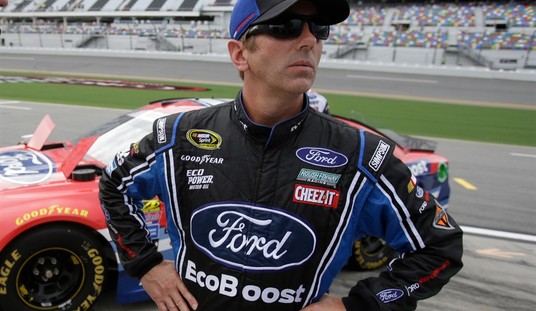As I’ve written before, I’m always a sucker for big picture organizing theories about how America and the world works. I loved Toffler’s The Third Wave, Postrel’s The Future and its Enemies, and Steven Den Beste’s post last year about Transnational Progressivism.
Yesterday, Glenn Reynolds linked to a U.S. News article by Michael Barone titled, “A tale of two Americas“. Just as Postrel used the Stasists and Dynamists two illustrate two groups shaping our nation, rather than the traditional Republicans and Democrats, conservatives and leftists, etc., Barone is really onto something here, which may very well go beyond political affiliations:
One of the peculiar features of our country is that we produce incompetent 18-year-olds and remarkably competent 30-year-olds. Americans at 18 typically score lower on standardized tests than 18-year-olds from other advanced countries. Watch them on their first few days working at McDonald’s or behind the counter in chain drugstores, and it’s obvious that they don’t really know how to make change or keep the line moving. But by the time Americans are 30, they are the most competent people in the world. They produce a stronger and more vibrant private-sector economy; they produce scientific and technical advances that lead the world; they provide the world’s best medical care; they create the strongest and most agile military the world has ever seen. And it’s not just a few meritocrats at the top: American talent runs wide and deep.
Why? Because from the age of 6 to 18, our kids live mostly in what I call Soft America–the part of our society where there is little competition and accountability. In contrast, most Americans in the 12 years between ages 18 and 30 live mostly in Hard America–the part of American life subject to competition and accountability; the military trains under live fire. Soft America seeks to instill self-esteem. Hard America plays for keeps.
It’s a nice bit of syncronicity that Barone’s essay appears the same day that Matt Drudge linked to the New York Times’ plagiarism scandal, which Andrew Sullivan has been covering for at least most of the previous week.
Newspapers used to be part of Hard America–witness all those cliches in the movies that date back to the Front Page and His Girl Friday, as well as Ed Asner’s hard-bitten Lou Grant character from the 1970s. So how did the Times end-up joining Soft America, which editor Howell Raines tacitly admits to doing when he says that the Times’ affirmative action push “has made our staff better and, more importantly, more diverse“? When did diversity become better than quality for the world’s most influential newspaper, in the world’s most important and competitive city?
In Redneck Nation, Michael Graham wrote that during the civil rights movement of the 1960s, the left castigated the South for its obsession with race, and then, rather than moving towards a color-blind society as Martin Luther King had rightly demanded, became race-obsessed itself. When does the pendulum swing back? In Hard America, people succeed and fail based on the quality of their work: through skills and brainpower, rather than through skin color or gender.
Will the Times to learn anything from their scandal? One of Andrew Sullivan’s readers writes, “real soul-searching…needs to go on at the Times. From Raines’ initial comments, it’s not happening.”
UPDATE: Patrick Ruffini has a pretty good suggestion for the how the Times could take a good first step towards rejoining Hard America.
ANOTHER UPDATE: Scott Ott has more (or less) on Raines’ next move.
ANOTHER ‘NOTHER UPDATE: Well, I hadn’t seen this one coming, but it does have a certain logic to it! (Via Instapundit.)










Join the conversation as a VIP Member